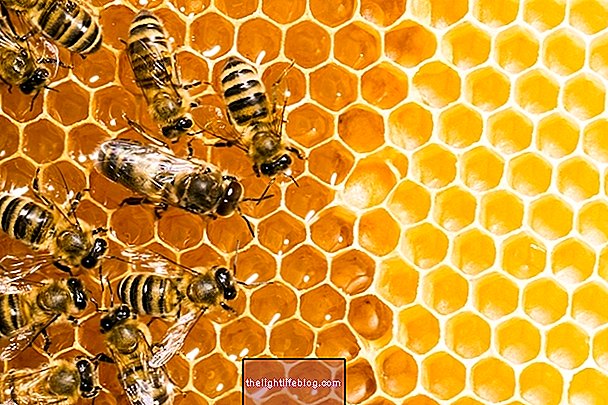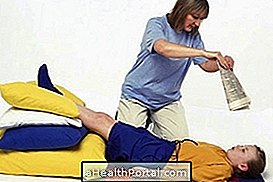Tear gas is a weapon of moral effect that causes effects such as irritation of the eyes, skin, and airways while the subject is exposed to it. Its effects last about 5 to 10 minutes and despite the discomfort it causes, it is safe for the body, and very rarely it can kill.
This gas is often used by Brazilian police to control riots in prisons, soccer stadiums and protesters in street protests, but in other countries this gas is often used in urban wars. It is composed of 2-chlorobenzylidene malononitrile, the so-called CS gas, and can be used in spray or pump form that has a range of 150 meters.
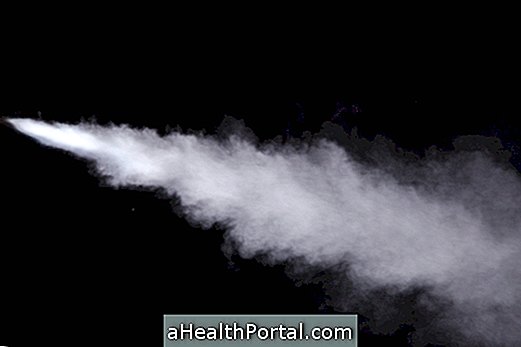
Its effects on the body include:
- Burning of eyes with redness and constant tearing;
- Feeling of suffocation;
- Cough;
- Sneezing;
- Headache;
- Malaise;
- Irritation in the throat;
- Difficulty breathing;
- Burning sensation on the skin due to gas reaction in contact with sweat and tears;
- There may be nausea and vomiting.
Already, the psychological effects include disorientation and panic. All these effects last from 20 to 45 minutes after the person is no longer exposed to this weapon of moral effect.
What to do in case of exposure to gas
First aid in case of exposure to tear gas is:
- Move away from the site, preferably very close to the ground, and then
- Run against the wind with open arms so that the gas leaves the skin and clothes.
Do not wash your face or bathe while the symptoms are present as the water aggravates the effects of the tear gas in the body.
After exposition, all objects that have been "contaminated" must be thoroughly cleaned as they may contain traces. Clothing should preferably be worn, as should contact lenses. A consultation with an ophthalmologist can be done to check that the eyes have not suffered any major damage.
Risks of tear gas for health
Tear gas when used outdoors is safe and does not cause death as it is quickly dispersed through the air and in addition, the individual can move away to breathe better if he feels the need.
But staying in contact with the gas for more than 1 hour can cause severe asphyxiation and difficulty breathing, increasing the risk of cardiac arrest and respiratory failure. In addition, when gas is used in a closed environment in high concentrations, it can cause burns to the skin, eyes and airways and even lead to death due to possible burns in the airways, causing suffocation.
Ideally, the tear gas bomb should be fired into the air so that after it is opened the gas will be dispersed away from people, but in some protests and demonstrations there have already been cases where these effect bombs were fired directly at people, like a common firearm, and in that case, the tear gas pump can be fatal.

How to protect yourself from tear gas
In case of exposure to tear gas it is advisable to move away from the place where the gas is being used and cover the face with a cloth or a piece of clothing, for example. The further away the person gets, the better it will be for their protection.
Curling a piece of activated charcoal into a tissue and bringing it closer to the nose and mouth also helps protect itself from the gas because the activated charcoal neutralizes the gas. The use of clothes impregnated with vinegar has no protective effect.
Swimming goggles or a full-face mask are also good ways to protect yourself from the effects of tear gas, but the safest way is to stay well away from where the gas is being used.
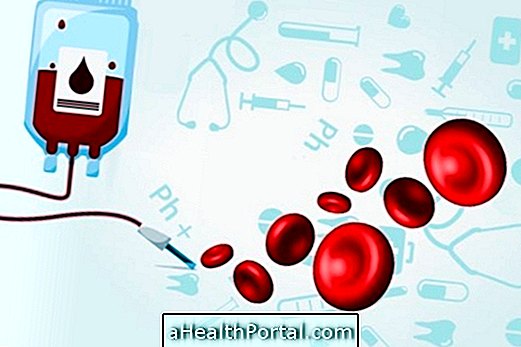






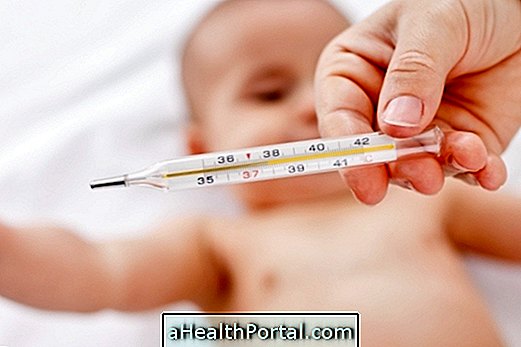
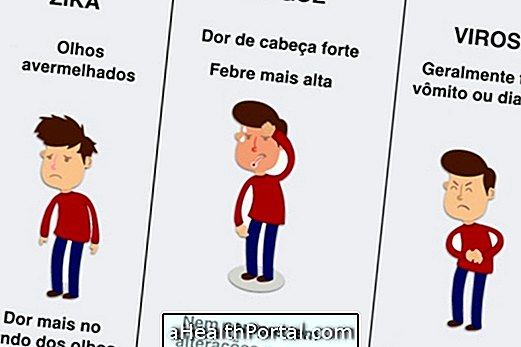


-o-que--sintomas-e-tratamento.jpg)

